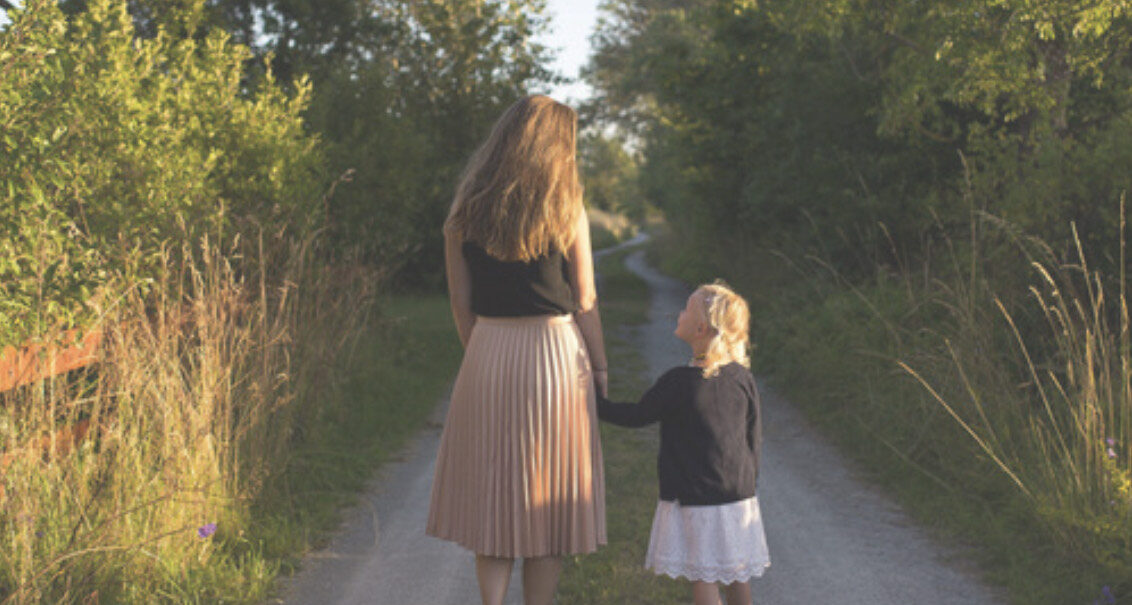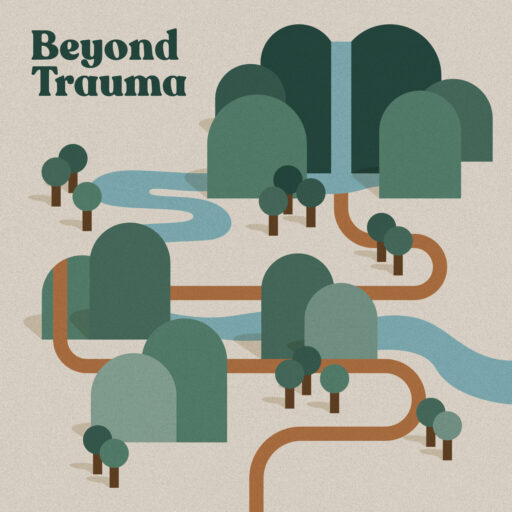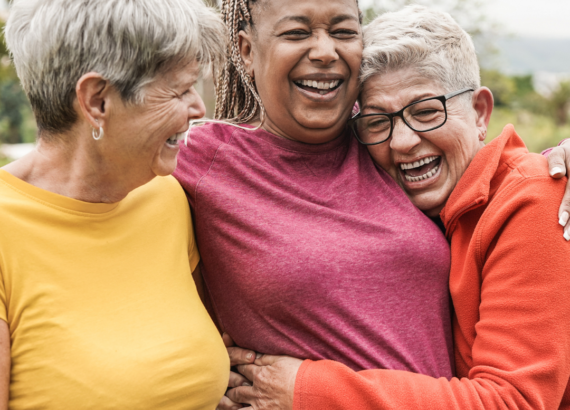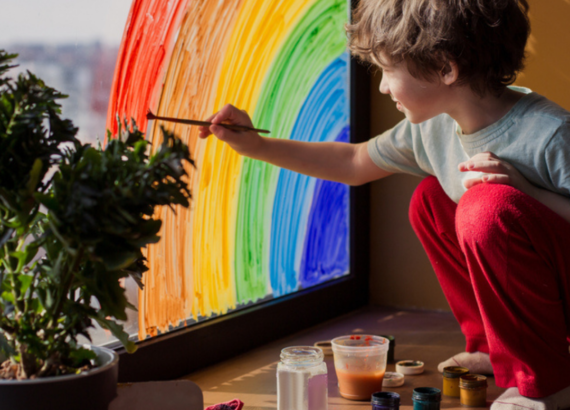Episode 17: Attachment and the Nervous System

Listen in to hear Jen, Melissa and Bridger discuss the significance of attachment and its effect on nervous system development. If you haven’t already, check out our previous episode!
How does our culture experience/ think of attachment?
- It is discussed as a current romantic relationship
- “I’m not looking to get attached.”
- It is also much more vast than an infatuation or liking of someone/something
- Sometimes, it feels like a sign of neediness or dependency
- Lastly, dependency is stigmatized and a sign of immaturity in our culture
Where does it begin and how does it shape us?
- The first important point is that attachment begins at the very beginning of life.
- We must recognize that humans are one of the most vulnerable creatures on earth in the first couple years of life.
- There needs to be something in place to meet our needs. We need an attachment figure for our survival.
- There also needs to be consistency and stability with the attachment relationship.
- Attachment not about love, it’s about safety.
- We used to be completely dependent on each other in our evolutionary history.
How do we get from attachment to the nervous system?
- First, the infant needs to be certain enough that the primary caregiver will meet their needs.
- Nervous system gives us the energy we need to secure these relationships.
- Through the sympathetic nervous system, mobile energy is provided.
- We learn what behaviors our primary caregiver responses to most efficiently.
- Our nervous system records our implicit memories, all for the benefit for our survival.
- Our bodies use templates that were created in early development.
- Lastly, experience shapes the way we process information- a sneak peek into next episode!
If we are self-aware of our patterns, whenever we are having an interpersonal reaction, we can begin to choose our reaction by becoming aware.
- Instead of using our adaptive strategy, we could simply and calmly ask for what we need.
- When we know our patterns, we can learn to try something new and help the quality of our relationship.
- It’s not about thinking and understanding our attachment, but the gradual reshaping work.
The four S’s of secure attachment:
- Safe: feeling of protection from harm or threat
- Soothe: walking with others through their emotions without judgment or fear- coregulation
- Seen: the internalize belief that others can see and understand my feelings without having to convey
- Secure: when the first three are met and reliable, security can be achieved
Beyond Trauma Patreon– A way to support creative educators
Check out our therapy healing retreats!




No Comments